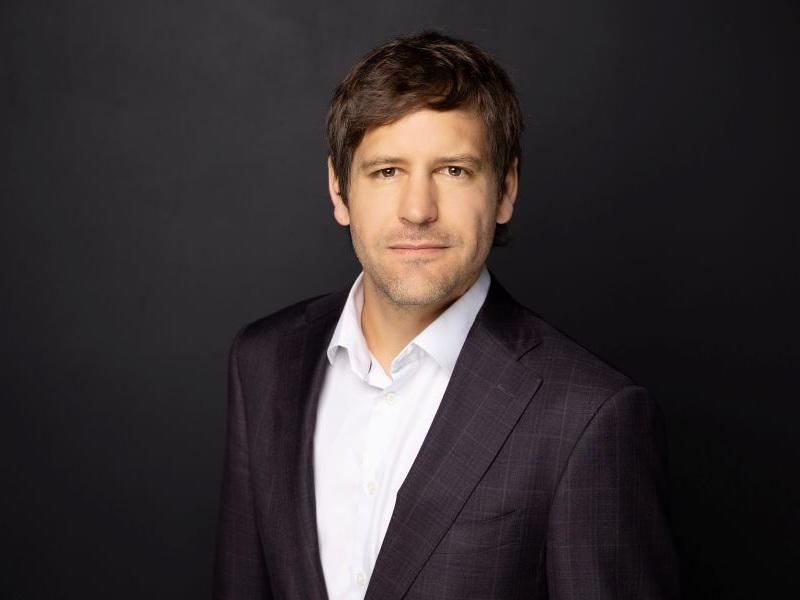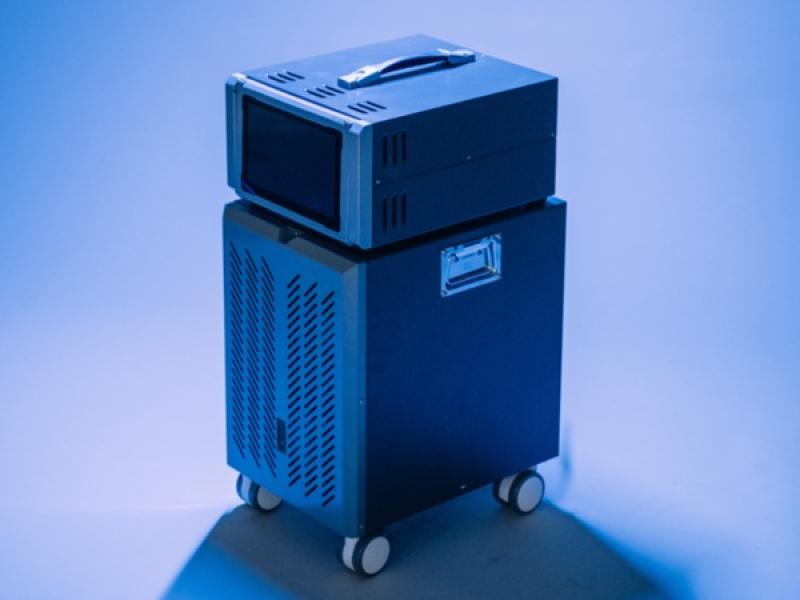
ZS2 Technologies, a Calgary-based sustainable building materials company, is solidifying its efforts to create cement made with direct air captured carbon and aid the industry’s decarbonization through its pilot plant in Calgary.
Started in April 2020, ZS2 Technologies is a pre-fabricated materials manufacturer focused on structural and non-structural building envelopes. It has grown “quite rapidly” to almost 60 employees since its founding, according to Doug Brown, ZS2 Technologies’ co-founder and chief technology officer.
The company offers boards, panels and brick façades designed to be fire-rated, flood-resistant, resilient to extreme temperatures and minimize embodied carbon. Their boards and panels are comprised of an alternative cement made with magnesium extracted from brine that is sourced from waste products in extractive industries.
Its latest solution mineralizes atmospheric carbon dioxide within cement at a level it claims exceeds the competition.
“The cement industry has committed to carbon neutrality by 2050 and so there’s a huge sort of paradigm shift right now, and the cement industry is leading the charge in trying to develop a lot of these technologies . . . There’s no avoiding it. You’re going to need some place to put CO2 (carbon dioxide) at the end of the day.” Brown said.
Making cleaner magnesium oxide from brine
Magnesium is used for refractory bricks, animal feed, water purification and agriculture, which limits its use for cement due to limited supply and cost. To rectify this limitation, ZS2 Technologies' technology uses CO2 to separate magnesium and calcium from brine, which is used to make cement.
Land-locked Alberta is abundant in brine; Brown said the province’s oil and gas sector pumps 19 barrels of briny water for every one barrel of oil.
When ZS2 Technologies made an open call to miners and brine producers, Baymag Inc. and Progressive Planet Solutions Inc. expressed interest in supplying mine products. Other brine producers have also supplied high magnesium bearing brines.
The magnesium cement has minimal embodied carbon, granting it significant environmental benefits over Portland cement. The ZS2 Technologies website says their cement has one-third of the CO2 of Portland cement and carries an 85 per cent reduction in transportation cost and volume, while being made 55 per cent faster.
The cement industry has made commitments to reach net-zero by 2050, which will require eliminating the toughest portion of emissions that are inherent to the chemistry of cement. Sarah Petrevan, director of sustainability at the Cement Association of Canada, said carbon capture is a necessary tool for the industry's decarbonization.
ZS2 Technologies is developing a way to capture CO2 from the air within cement to enhance its carbon capture potential.
“We’re basically a company that is able to use CO2, which is rare in CO2 capture and storage space, Brown said. "It’s not that hard technologically to capture CO2, but it’s much more difficult to put it somewhere or to have a use case.”
Capturing carbon in cement
Brown, a former employee of B.C.-based direct air capture (DAC) firm Carbon Engineering, said the idea for ZS2 Technologies’ DAC emerged from its desire to offer small- and medium-sized enterprises an opportunity to sequester carbon.
Using a solid sorbent material to capture CO2, ZS2 Technologies was able to take air, filter it for two or three hours and output an eight to 12 per cent CO2-concentrated stream at the back-end.
The cement is around 10 per cent mineralized carbon by weight. ZS2 Technologies claims it is significantly better at sequestering carbon than other companies that typically capture 0.2 per cent to one per cent by weight.
ZS2 Technologies, Brown said, demonstrated that small-scale carbon capture is possible and made a “strong economic argument.”
“If you are a small user of CO2 and you just don’t want to buy it from the big players, you can potentially buy this technology and have it plopped on the back end of your manufacturing process and have it produce for you on site.”
There is little to no risk of the mineralized CO2 leaking the greenhouse gas back into the atmosphere, even if it is destroyed or recycled, Brown said.
ZS2 Technologies was named a top-60 Milestone 1 company in the $100 million Carbon Removal XPRIZE funded by the Musk Foundation. Though it fell short of earning any funds, Brown said it was a “good validation point for us.”
Prototypes and a pilot factory
The company’s promise earned it a $2.6-million grant from Sustainable Development and Technology Canada to commercialize its process and take its prototype that can store one kilogram of CO2 per day to a demonstrable capacity of three tonnes per day.
Brown said the company has already scaled up its prototype to be about halfway to its target, and is finalizing a level 2 prototype. It has engaged an engineering firm for a larger scale unit, which will require a $2-million investment to reach its goal in a cement plant it is onboarding.
It has received its first pre-order for the technology, Brown said.
ZS2 Technologies has a 46,000-square-foot pilot plant in Southeast Calgary it expects to be operational this spring and employ the DAC technology. Once the equipment is in place, the company expects to make about 500,000 units of its TechTiles product per year.
Its ambition is to apply its DAC solution to all of its products. But for now, it will be used only for TechTiles.
ZS2's current market
ZS2 Technologies is coming out of a “stellar” 2022, where it got its first adopters. Its clients include Trico Homes in Alberta, which used its materials for a five-storey commercial and residential building.
Brown said the company has more projects in the pipeline, with a strong interest in the affordable housing space.
Its focus is on where magnesium cement has considerable demand and higher value - applications like wall boards, floor tiles and cement siding.
There is interest in pursuing further fundraising.










